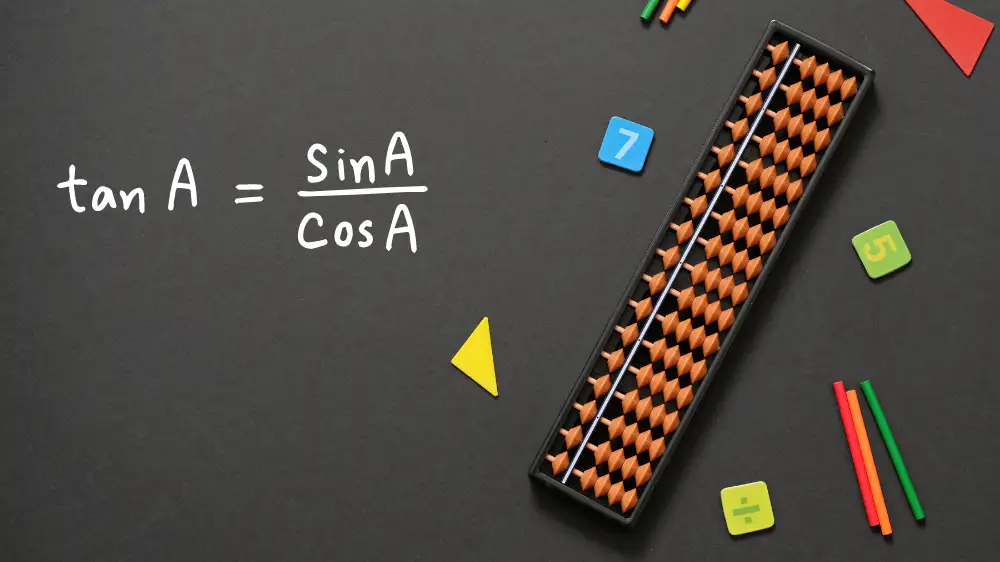You already know that primary directions are a form of an applying aspect between two planets on the celestial sphere. The number of degrees to the exact aspect - the length of the direction arc - determines the year of life in which the event will occur.
This article will discuss the algorithm for calculating the directional arc in the Regiomontanus house system.
Historical Reference
The original idea of Regiomontanus was the following. First, he assumed the horizon of the position of the stationary planet as an actual horizon. He rotated the celestial sphere at a certain angle $\alpha$ along prime vertical so that the position horizon was parallel to the observer's gaze, as shown in the figure below.
Regiomontanus approach to primary directions.
He called the deviation of the pole from that new horizon the pole's altitude above the circle of position. And in this view, the primary direction was a simple difference of oblique ascensions of two planets.
Formula for Primary Direction
Let's look at the familiar picture. The promittor P approaches the significator S. When the promittor's mundane position coincides with the significator's, the direction completes.
Fig A. The completion of primary direction. The promittor (P) has approached the significator's (S) circle of positions.
Let's return to formula $(1)$ of the mundane position. It is valid for both the promittor and the significator. In particular, when the promittor reaches the circle of positions of the significator, its mundane position coincides with the mundane position of the fixed significator S.
Therefore, we can write formula $(1)$ for the promittor, substituting the mundane position of the significator there. Then, we will obtain the point's ecliptic coordinate $P_\text{end}$, which denotes the end of the directional arc (see Figure A).
Here, $MP_\text{S}$—the mundane position of the significator, and $D_\text{P}$—the declination of the promittor. Hence, the right ascension of the end-point of the directional arc is the following:
The directional arc is the difference between the initial equatorial coordinate $RA_\text{P}$ of the promittor and the final equatorial coordinate of its end-point $RA_\text{end}$.
It is the main formula of primary direction. Here
- $(RA_\text{P}, D_\text{P})$—promittor's equatorial coordinates
- $MP_\text{S}$—significator's mundane position, calculated with $(2)$ and $(4)$ of mundane position equations, and
- $\phi$—geographical latitude of the local area.
Example
Let's consider Winston Churchill's horoscope.
Winston Churchill
You can see that the Sun is the co-significator of his 10th house and simultaneously the natural ruler of fame and recognition. By its position, the Sun promises success in native social deeds, especially those related to Jupiter, as the Sun expresses itself through it, and Jupiter is responsible for high social status.
If we direct the Sun to the significator of the 10th house—Mercury—we should get the date of his remarkable social rise. Let's take the mundane position of Mercury (236º 27'), the Sun ($RA_\text{P}$ =245º 56', $D_\text{P}$ =-21º 37') coordinates, and the birth latitude $\phi= +51.85º$ into the formula $(1)$ of this article.
We will obtain a directional arc of 25º 37'. By multiplying this arc by the Naibod key (1.0147), we will get the number of years from birth to social rise. It is 25.99 years, or 25 years, 11 months and 30 days. If we add these years to the date of birth, we will get November 1900. Churchill became a Member of the Parlament for the first time in his 25, on October 1900.


